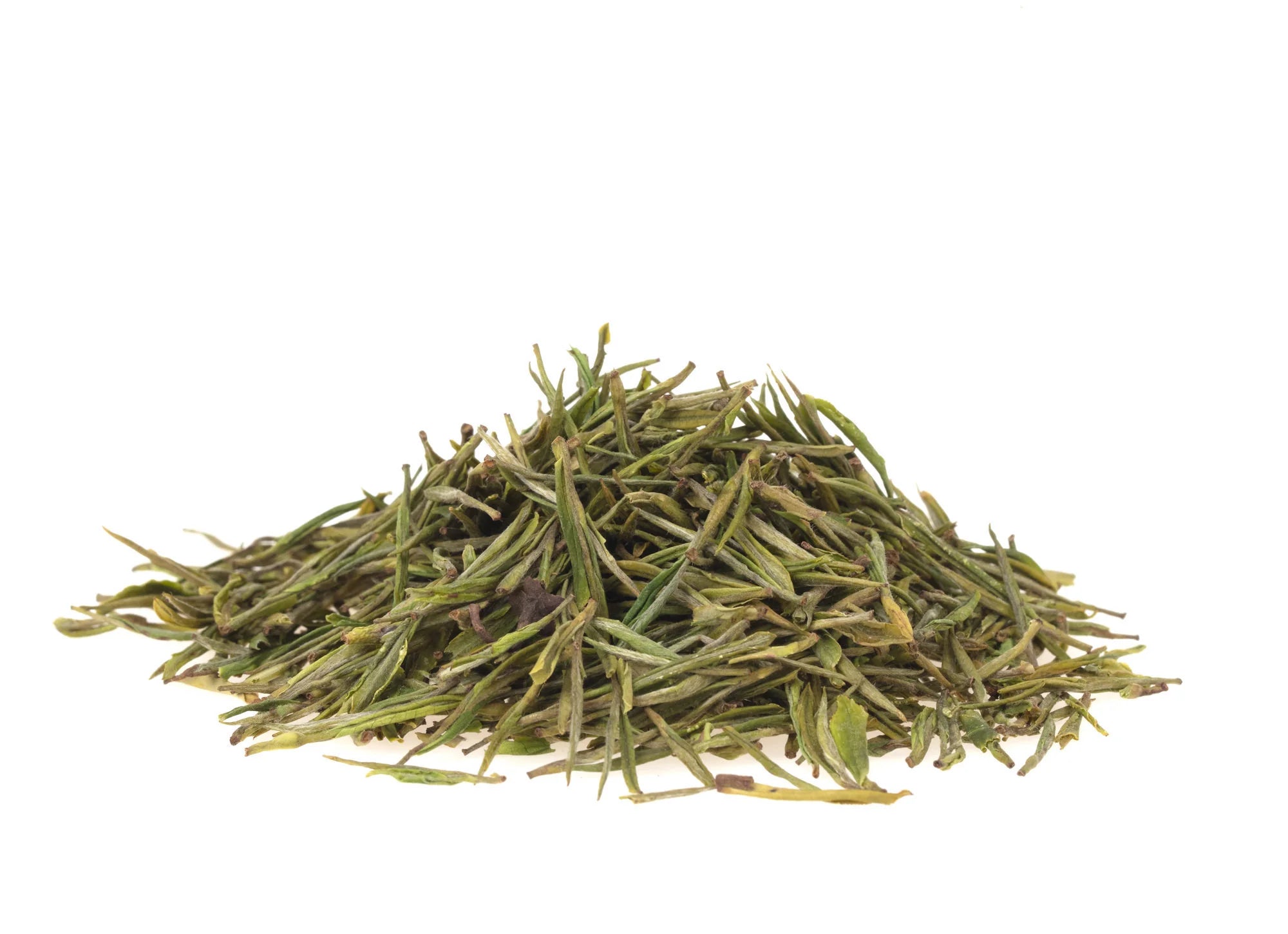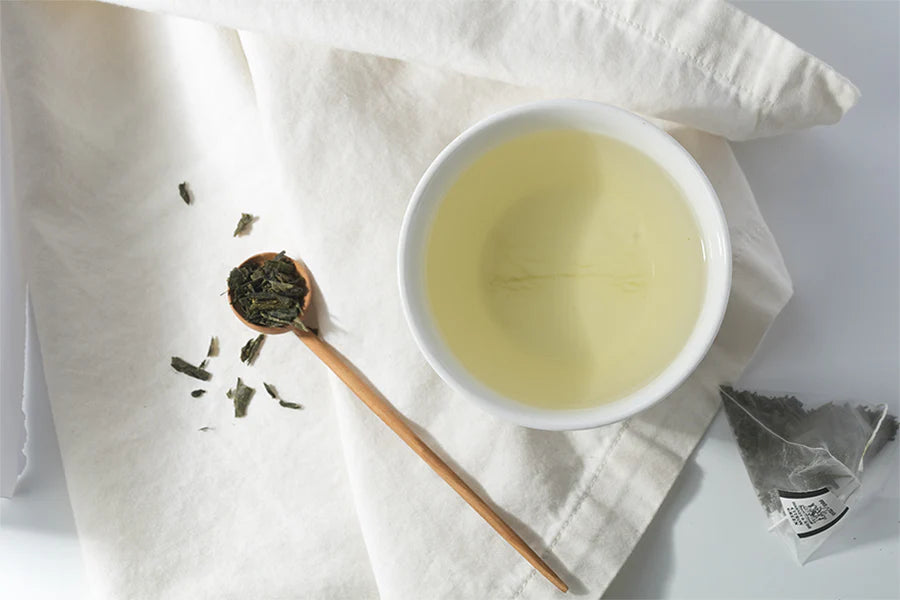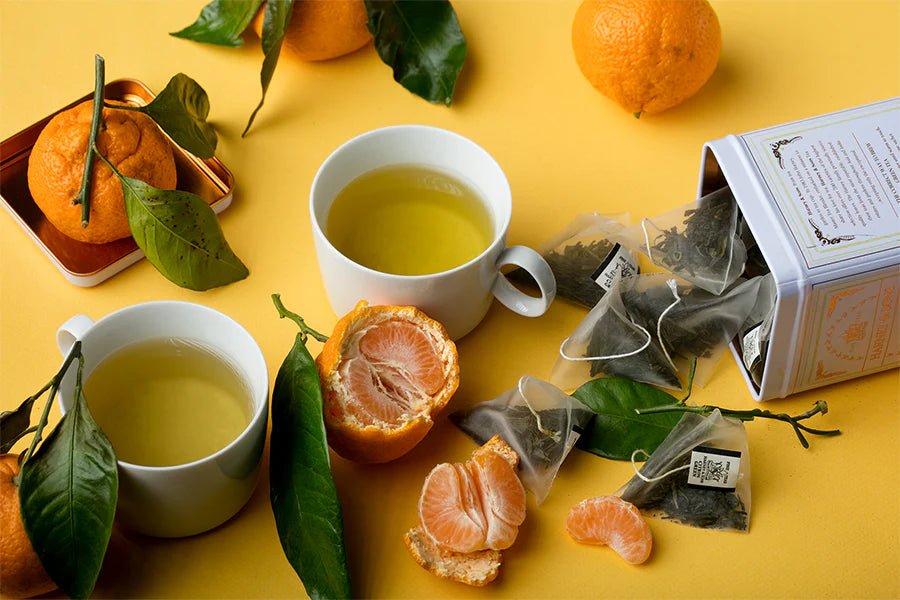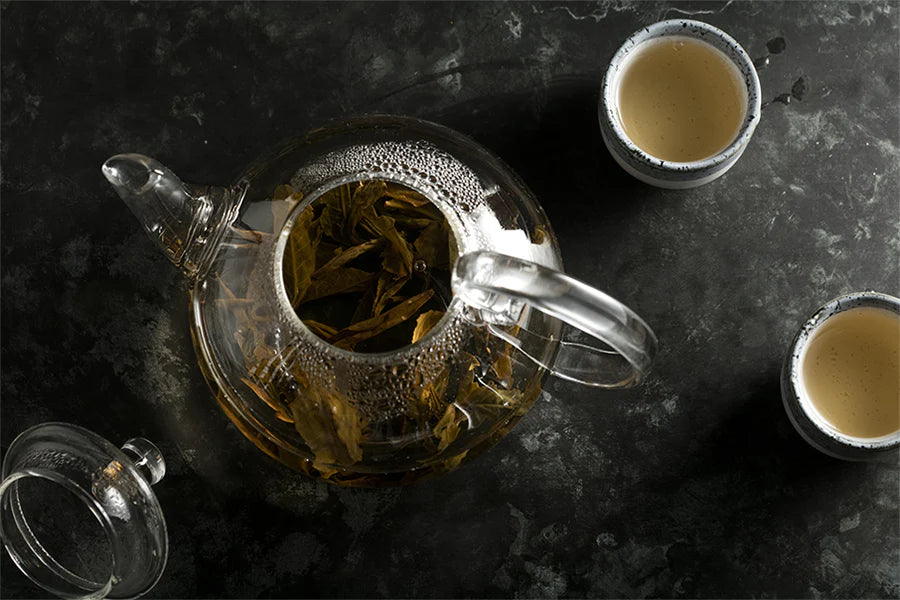Chinese Green Teas
This is where it all (tea) started! So the traditions of tea are the deepest, and the choice of delicious tea is the most diverse.
Your Cart
Your cart is empty
All green teas originate from the same species, Camellia sinensis. To make green tea, fresh tea leaves are briefly cooked using either steam or dry heat. This process fixes the green colors and fresh flavors. Chinese green teas are more mellow and smooth, while Japanese green teas have a heft of rich, vegetal flavors, which come from the preservation of chlorophyll. The general rule is that a cup of green tea contains about one-third as much caffeine as a cup of coffee. Green tea production methods vary, but the focus is always on fixing the green color. Thus, green teas are not oxidized. We carefully select our loose-leaf green teas from the best tea fields in China and Japan.
This is where it all (tea) started! So the traditions of tea are the deepest, and the choice of delicious tea is the most diverse.
We source the best type of green tea: either the light and sweet Bancha or the more strongly flavored Gunpowder or Chun Mee, then add flavors, flowers, and other botanicals to create beautiful and exotic green tea blends.
Green teas come from all over the world, like Colombia and South Korea.
The Japanese have been drinking green tea for many centuries. As tea was popularized in the 1800s, many different teas developed. We offer a wide selection of these teas, some of which are rarely seen outside of Japan.

Green teas are the most ancient of all tea varieties. Originally from China, they were also transplanted to Japan many centuries ago. While China has been producing tea for over five thousand years, the Japanese have made the tea in earnest for just the last five hundred. For thousands of years, green tea leaves were used as currency, as they were so valued within the culture.


Green teas vary in their optimal brewing temperature based on their origin. Japanese green tea leaves are the most delicate and taste best when brewed at 160°F. Chinese green tea leaves can take a little more heat at 175°F. If you bring your water to the boiling point, you will scorch the tea, ruining the flavor. You can use electric water-dispensing pots to heat water to exact temperatures, or you can insert instant-read thermometers to check the water temperature prior to pouring over your green tea leaves.

Green tea leaves should steep for at least 1 to 3 minutes, depending on the blend and origin. Japanese green teas often only need a minute or so to steep. However, each batch and each drinker’s palate will dictate the proper brewing time. Observing both the tea liquor and the body will help you gauge whether you have brewed your tea for the correct amount of time.
If you’re looking for a stronger cup of tea, it’s best to increase the amount of tea used instead of increasing the brewing time.